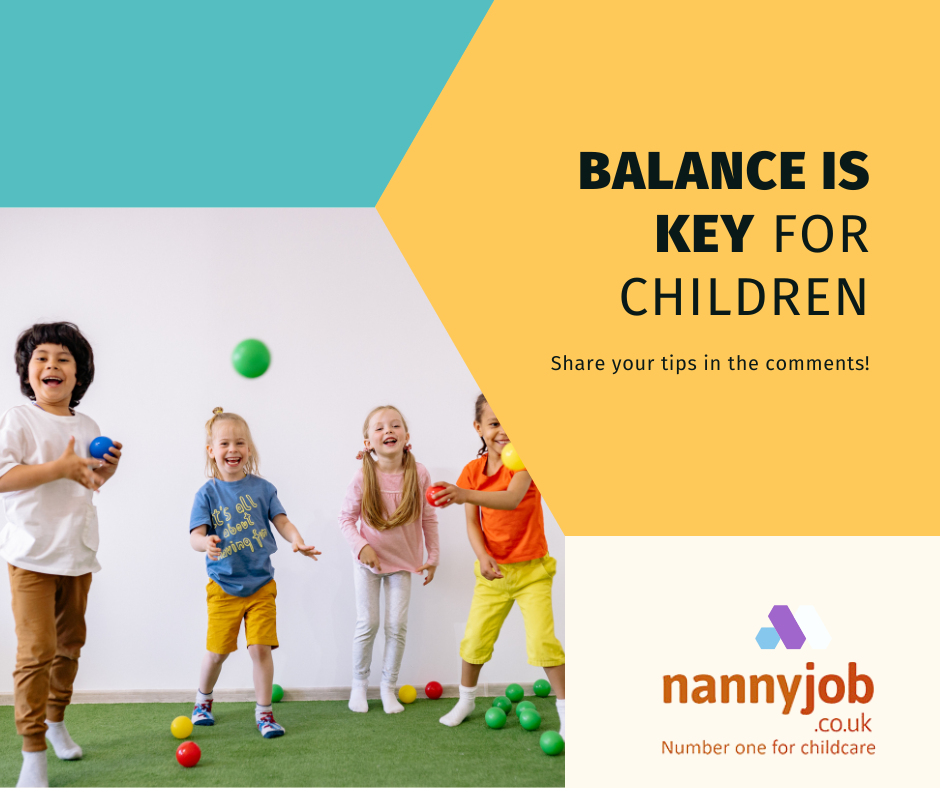Introduction
With the school year in full swing, children’s schedules can quickly become packed with classes, homework, sports, and extracurricular activities. While keeping kids engaged and active is important, it’s equally crucial to find the right balance between activities, schoolwork, and downtime. Over-scheduling can lead to stress, anxiety, and burnout, while too much downtime can result in boredom. Here are some tips for parents, nannies, and childcarers to help find that sweet spot.
1. Prioritise Activities Based on Interest and Enjoyment
Help your child choose activities that they genuinely enjoy and are passionate about. Encourage them to explore new interests but also respect their preferences. Prioritising activities based on what they love can make them feel excited and motivated rather than overwhelmed.
2. Set Realistic Schedules
Create a balanced schedule that allows time for schoolwork, activities, and relaxation. Avoid overloading your child with too many commitments. Make sure there’s ample time for homework, free play, family time, and rest.
3. Schedule Downtime
Downtime is crucial for a child’s mental and emotional well-being. Make sure there’s time in their schedule for unstructured play, reading, or simply relaxing. Downtime allows children to decompress, recharge, and process their thoughts and feelings.
4. Communicate Openly with Your Child
Regularly check in with your child to see how they’re feeling about their schedule. Ask if they feel stressed or overwhelmed and be prepared to make adjustments if necessary. Encourage them to express their feelings and concerns openly.
5. Be Flexible and Willing to Adjust
Remember that balance looks different for every child and may change over time. Be willing to adjust the schedule as needed to ensure it works for your child’s needs and well-being.
Conclusion
Balancing activities, school, and downtime is essential for a child’s overall development and happiness. By prioritising what matters most, creating realistic schedules, and maintaining open communication, you can help your child stay engaged, relaxed, and ready to learn.


